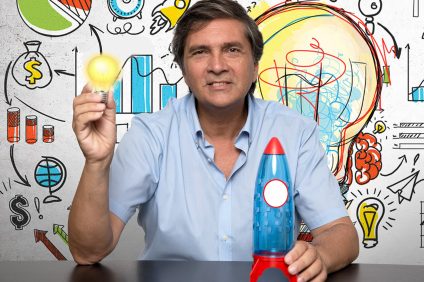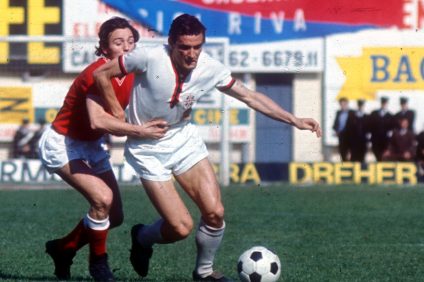How many are the Italian Nobel Laureates? Until today there are twenty and precisely: six for literature and medicine, five for physics, one for peace, one for economics and one for chemistry. The winners of this coveted award, awarded since 1901, are people who have made their precious contribution in the various fields of knowledge or who have fostered peaceful relations between the peoples of the Earth. This year, no Italian has won the 2020 Nobel Prize, which for literature was won by the American poet and writer Louise Glück, former Pulitzer Prize for poetry in 1993. The one for peace, on the other hand, went to the World Food Program ( United Nations agency) to fight hunger in the world.

Nobel laureates: the winners
The Italian Nobel Prizes, starting with the first one who received it in 1906, are: Camillus Golgi (1906, for medicine), Giosuè Carducci (same year, for literature), Ernesto Teodoro Moneta (1907, for peace), Guglielmo Marconi (1909, for physics), Grazia Deledda (1926, for literature), Luigi Pirandello (1934, for literature), Enrico Fermi (1938, for physics), Daniel bovet (1957, for medicine), Salvatore Quasimodo (1959, for literature), Emilio Segrè (1959, for physics), Julius Natta (1963, for chemistry), Salvatore Edoardo Luria (1969, for medicine), Eugene Montale (1975, for literature), Renato Dulbecco (1975, for medicine), Carlo Rubbia (1984, for physics), Franco Modigliani (1985, for economics), Rita Levi Montalcini (1986, for medicine), Dario Fo (1997, for literature), Richard Giacconi (2002, for physics), Mario Capecchi (2007, for medicine).
The origin of the Award
The Nobel Prize is a world-class honor that takes place every year in Stockholm, with a solemn ceremony. It is attributed to living personalities who have distinguished themselves in the various fields of human knowledge, bringing "the greatest benefits to humanity" for research, discoveries and inventions, for literary work, for the commitment in favor of world peace. The important award is named after Alfred Nobel (1833 - 1896), Swedish chemist, engineer and inventor.
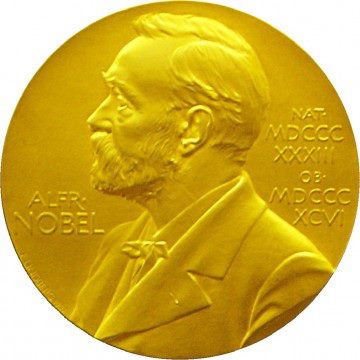
He, in 1894, became president of the Bofors company and developed several experiments on explosives. His numerous inventions, including dynamite, earned him hefty earnings. One day, his brother Ludvig died torn apart by an explosion during an experiment. By mistake, some journalists, believing that he was the one to die, announce his passing, calling him "the lord of death". Alfred was shocked by those words and decided to allocate 94 percent of his fortune to the establishment of an award to be given to those who, in the fields of medicine, physics, chemistry, but also literature and peace, had made "the greater services to humanity ".
The Italians who have conquered him
In Italy, the only two women who won the Nobel were Grazia Deledda e Rita Levi Montalcini. The writer Grazia Deledda remains the only Italian to have won the Nobel Prize for literature. Born in Nuoro in 1971, she went to school up to the fourth grade, and then continued her studies with a tutor. In fact, in those days, girls did not attend high school.

At the age of 15 he published his first short story in a Nuoro newspaper. Collaborations with other newspapers and magazines followed which gradually led her to be known and appreciated. In 1899 he moved to Rome where his stories began to be positively commented by the critics of the time. The Nobel Prize was awarded to her on December 10, 1926 "for her power as a writer, supported by a high ideal, which portrays life in plastic forms as it is in her secluded native island and which deals with problems of general interest with depth and warmth human".
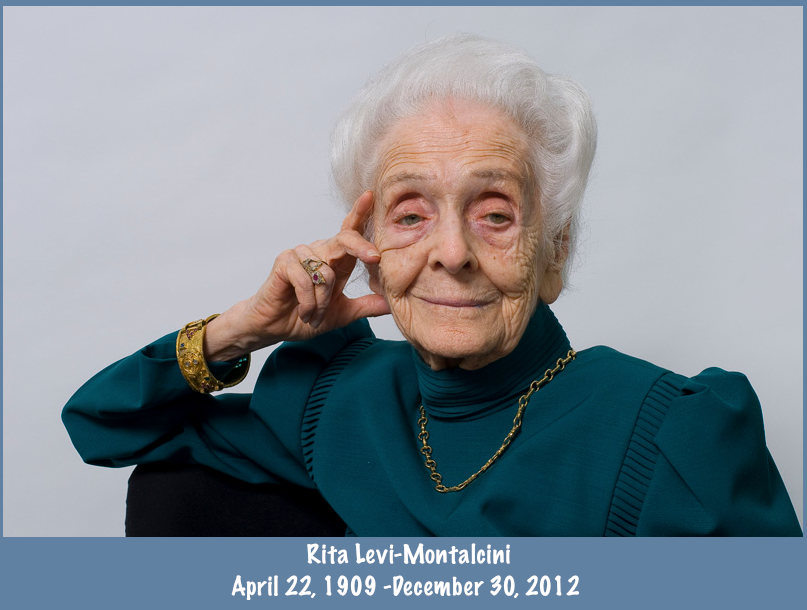
In 1986, Rita Levi Montalcini (Turin, 1909 - Rome, 2012) won the Nobel Prize for physiology and medicine. She discovered and identified the nerve fiber growth factor (Nfg) useful for understanding and treating degenerative neurological diseases such as Alzheimer's. Graduated in 1936 in Medicine at the University of Turin, she worked, at the same time as an internist, in the institute of Giuseppe Levi. Here he met two other Nobel Laureates: Salvatore Luria and Renato Dulbecco. When the fascist regime removed her from the university, she set up a laboratory in the house where she continued to study. In 1947 he moved to the United States. In Rome he created a research center on NGF and, in 1969, he founded and directed the Institute of Cell Biology at Cnr. Also in Rome he also founded the Ebri (European Brain Research Institute).
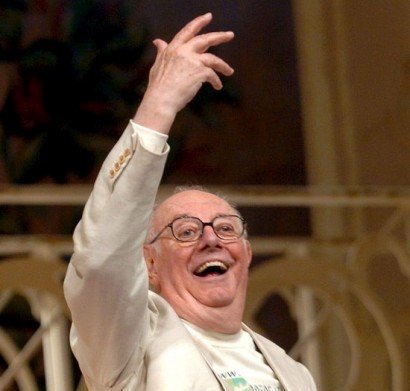
The best known
Among the Italian Nobel laureates, the best known, or probably those who are remembered most, are certainly the poets Giosuè Carducci, Eugenio Montale and Salvatore Quasimodo, together with the writer Luigi Pirandello, famous for his novels "The late Mattia Pascal" and “One, none and a hundred thousand”. Also famous are the inventor of the radio Guglielmo Marconi and the physicist Enrico Fermi who discovered artificial radioactivity. Among those closest to the present day, we remember instead the playwright, actor, director and writer Dario Fo, who died in 2016. In any case, known and less known, the Italian Nobel Prize winners deserve to be remembered all in the same way because they made Italy great in the eyes of the world.
(Facebook photos, Official pages)


